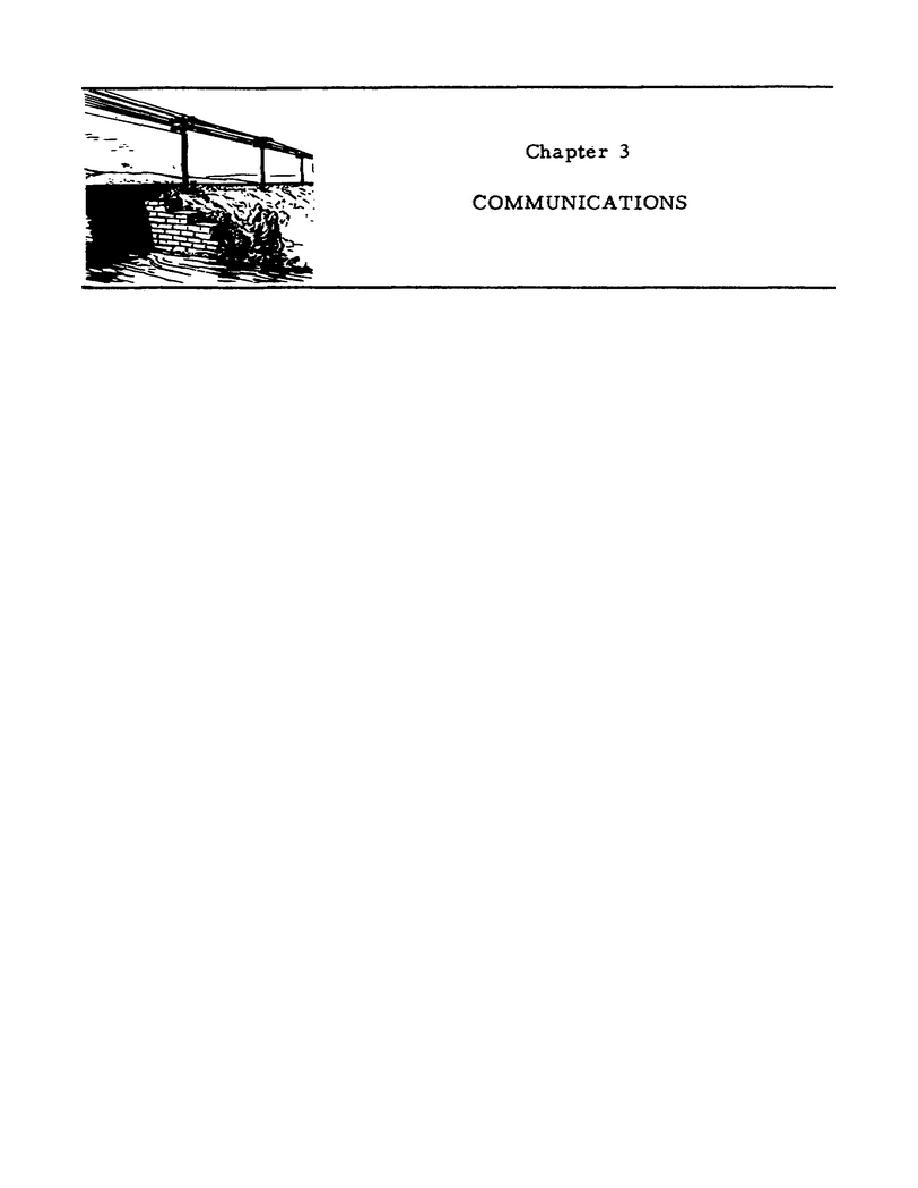
3.1.
GENERAL
Operating a railway, involving the movement of trains over hundreds of
miles of track, makes adequate and dependable communication systems
imperative. To control trains properly, a train dispatcher needs adequate
communications.
A special system results: the dispatcher's telephone
circuit.
Also, in the early stages of an operation, the transportation
railway service (TRS) may need radio communication.
When wire lines are
cut, down, destroyed, or nonexistent and when the building or rebuilding of
them does not keep pace with track reconstruction, the TRS can request the
installation of radio-communication facilities.
When there are no
communication facilities and manual block systems are not in operation, the
fleet operation method is another way that the dispatcher can control train
movement.
The next six paragraphs describe the telephone circuit and its use in
getting trains over the rail lines. Radio communications for the dispatcher
are discussed in paragraphs 3.8 through 3.12, followed by one paragraph
describing the feet method of operation.
3.2.
TELEPHONE CIRCUIT
The train dispatcher's telephone circuit is used for train movements by
train order and for control of trains through towermen and station agents
within a division. The telephones connected to this circuit and located at
strategic points along the division are equipped with a push-to-talk,
release-to-listen button.
A typical dispatcher's telephone is shown in
figure 3.1. The button holds the circuit open when a particular telephone
is not in use. Consequently, anyone on the division may lift a receiver at
any point on the line and listen to all conversations.
37



 Previous Page
Previous Page
